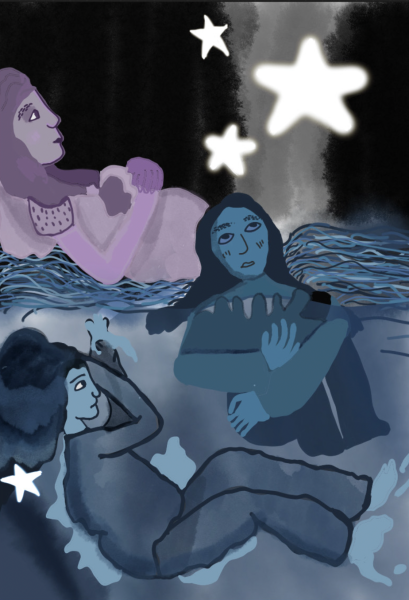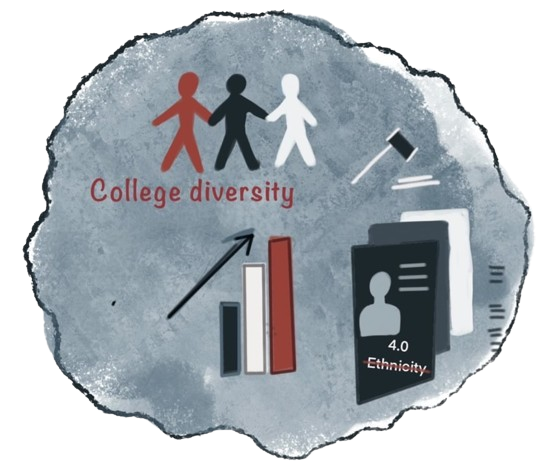Stop Glamorizing Suicide
The way suicidal trends are portrayed in the entertainment industry needs to change.
Suicide is the second leading cause of death for people ages 10-24, according to The Parent Resource Program. It is estimated that over 350 million people worldwide suffer from depression. This number has been growing for years and shows little signs of stopping. And unfortunately, the media has played a role in making these statistics all too real.
Far too many of America’s citizens are currently struggling with mental health illnesses these days. One must ask themselves: how did it come to this? How did America go from a place known for freedom and happiness to a wasteland riddled with sadness?
The problem stems from multiple places. One aspect of society causing more harm than good is the entertainment industry. One undeniable way that it has negative effects on teenagers’ mental health is through social media. According to Time Magazine, teens are very concerned with their self image during adolescence, and in an age of smartphones many teens find themselves basing their self worth off of ‘likes’ on websites such as Instagram and Twitter. The lack of desired attention on social media can lower a person’s confidence, making them feel like they are less than others and inciting depressive patterns. Another issue with social media is the repeated cyber bullying that can occur. Experts agree that many people feel safety over a computer screen to say things they wouldn’t normally say in person, which results in many insults over social media and making others feel poorly about themselves. Social media, though it has its pros, can be damaging to mental health for teens in America.
However, another issue with the entertainment industry is the poor portrayal of mental health in movies and TV. It seems the newest trend in young adult movies and television is to showcase the shock value of suicide and depression for entertainment purposes. Even though an accurate portrayal of depression has potential to be shown in the media and raise awareness, those times are rare. One recent example of this poor portrayal is the 2017 program Thirteen Reasons Why. The show focuses on the aftermath of a high school girl who committed suicide and leaves behind 13 tapes, each detailing a reason why she decided to take her life. While the show does bring up much-needed conversation about bullying and its effects, it sadly portrays an unrealistic representation of depression.
The show’s positive messages unfortunately get lost in the drama of the other dramatic subplots created for entertainment. The show’s mixing of entertainment and drama with important themes come off as a missed opportunity to address an issue prevalent in this day and age.
Countless books and movies that have become bestsellers have tried to depict the realness of depression, but most fall short because their purpose is to entertain rather than inform, which falsely portrays the truths and seriousness of mental illness. Not only does the media need to be careful about how they portray serious issues, but we as users of media must be mindful of what we say on social media and try not to spread hate and add fuel to the fire. When this happens, America has the potential to become the land of happiness that it once was.
Please note: If you ever are experiencing depressive or suicidal thoughts, please contact your counselor. They are always available on campus to help.















